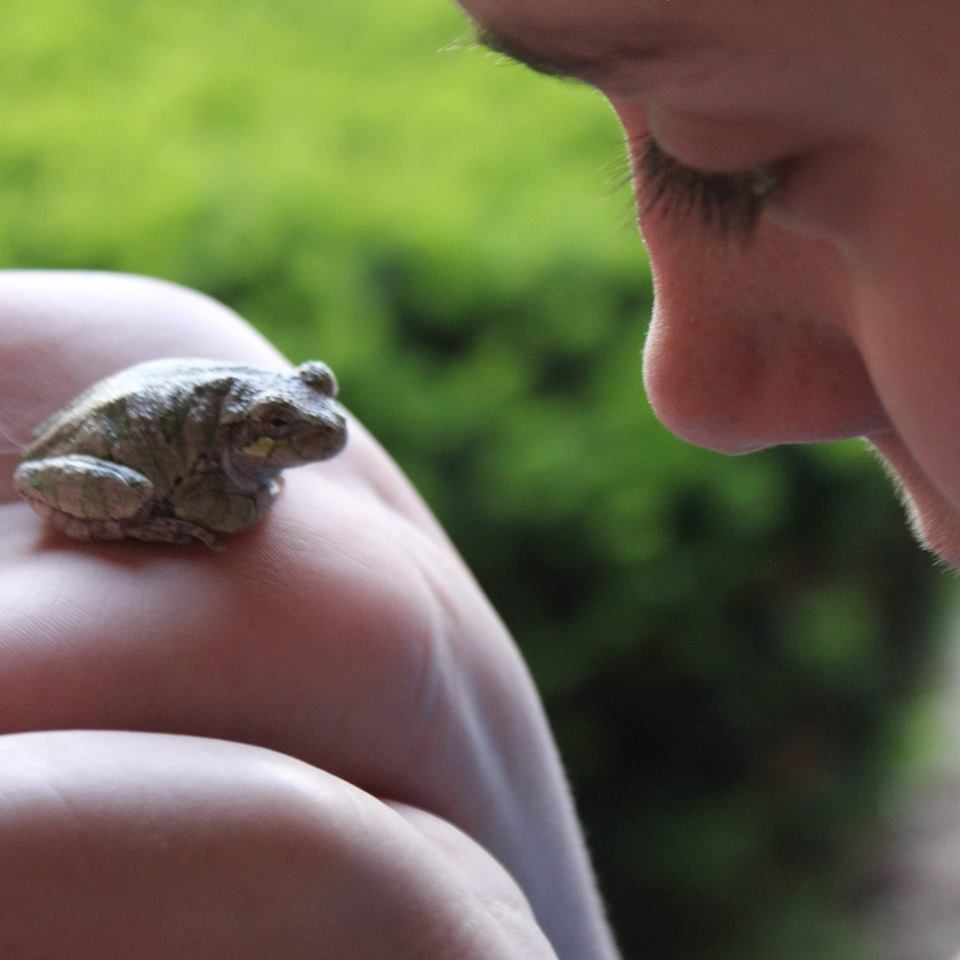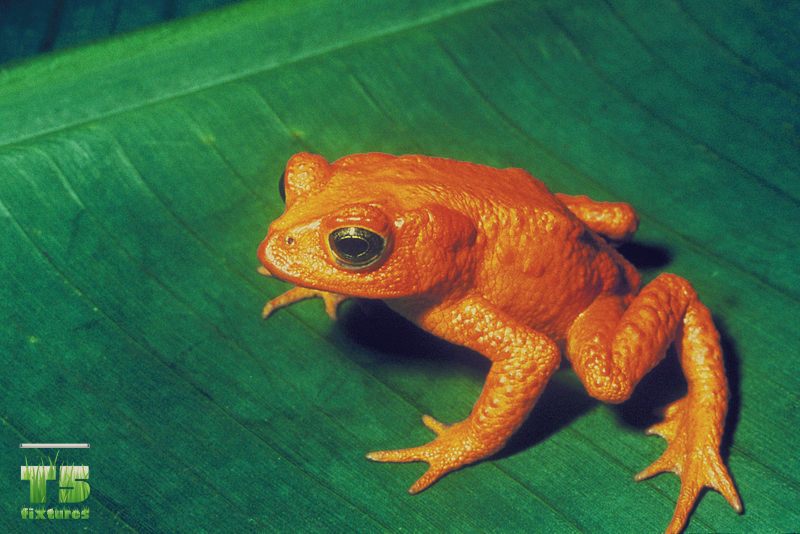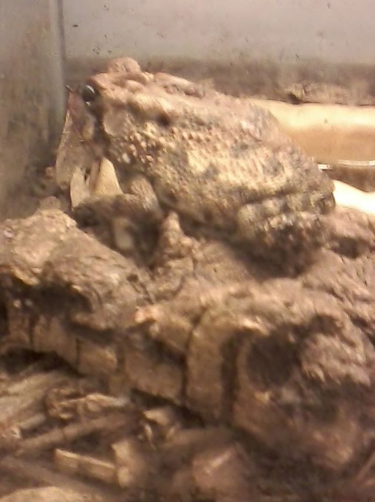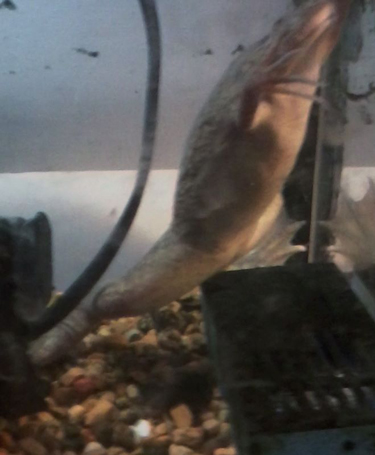Junior Herpetologist of the Year Sarah Brabec
Frogs Are Green is proud to repost this wonderful article sent to us by Lisa and Sarah Brabec. We couldn’t agree more and look forward to hearing from Sarah when she’s closer to us on the East coast!
By Anna Spoerre
Journal Star reporter
BRIMFIELD — To Sarah Brabec, herpetology is more than just the study of reptiles and amphibians, it’s a lifestyle.
On a recent day, the 90-degree weather didn’t seem to bother Brabec, 14, as she waded barefoot through a creek at Jubilee College State Park, a small green net in hand. Two large tadpoles resurfaced with the mesh — an exciting catch for the Junior Herpetologist of the Year at the 2016 International Herpetological Symposium.
“(Herpetology) is more than just a hobby,” Brabec said. “It’s a passion … something I want to spend my life doing.”
Brabec is presenting at the 39th annual International Herpetological Symposium that began Wednesday and runs through Saturday in St. Louis. There, she joins experts in discussions and programs about the scaly, cold-blooded creatures.
“It’s just amazing how much she’s been able to accomplish in such a short amount of time,” said Jill Wallace, an environmental educator at Sugar Grove Nature Center in McLean, where Brabec likes to visit with her family.
When she was 6, Brabec joined the Central Illinois Herpetological Society. During her time there she’s presented in front of hundreds of people and helped to start a junior program within the society, said Doug Holmes, president of the society.
She said last year’s international conference in Austin, Texas — which she participated in as a runner-up — taught her that herpetology is about more than saving frogs. It’s about helping to promote public interest, she said, which falls in line with increasingly popular education-based global sustainability practices.
“The key need in conservation success is education of younger kids,” Brabec said.
She began teaching children to conserve and save animals in Peoria, going into classrooms and talking to grade-schoolers about reptiles. Sometimes she brings her favorite creatures along to engage the students.
“You can hold frogs in your hands,” Brabec said. “Kids can really connect to that.”
She would know. Brabec’s mother, Lisa Brabec, said she started chasing reptiles when she was 4, always returning home with a new animal hidden behind her back.
“When they find their passion, feed it,” said Lisa Brabec, who often takes her daughter exploring at nearby creeks and ponds.
When asked about some of the more interesting moments that come with having a house full of reptiles and amphibians, she said with a chuckle, “my Mother’s Day gift went missing one year.”
Sixth months later they found the runaway snake hiding between their kitchen cabinets. Despite this, Lisa Brabec said she’s grown fonder of all slimy, slithery creatures her daughter introduces to the family.
“My parents are troopers,” the younger Brabec said with a smile.
Last year, Sarah Brabec even began writing a children’s book with a local herpetologist. But, the project has been put on hold.
“I learned that all it takes for kids is adults who think they’re capable,” Lisa Brabec said.
Though Sarah Brabec said she doesn’t know exactly what she wants to do in the future, she said saving wildlife is crucial, and she wants to continue playing a role in that endeavor.
In the meantime, she and her family are preparing to move to Atlanta later this summer, where Sarah Brabec said she’s excited to find eastern narrow mouth toads.
“You can just tell some kids are really hooked,” Holmes said. “I think eventually she’ll make a career out of it.”
Anna Spoerre can be reached at 686-3296 and aspoerre@pjstar.com. Follow her on Twitter.com/annaspoerre.












